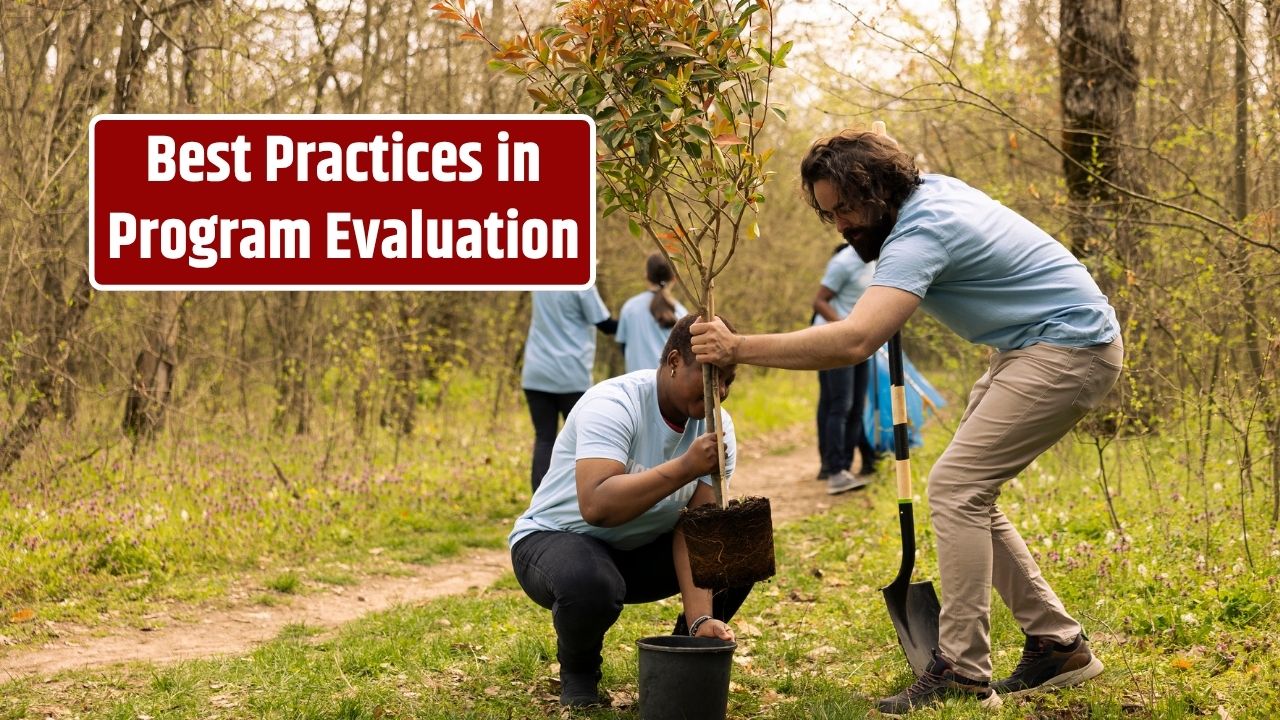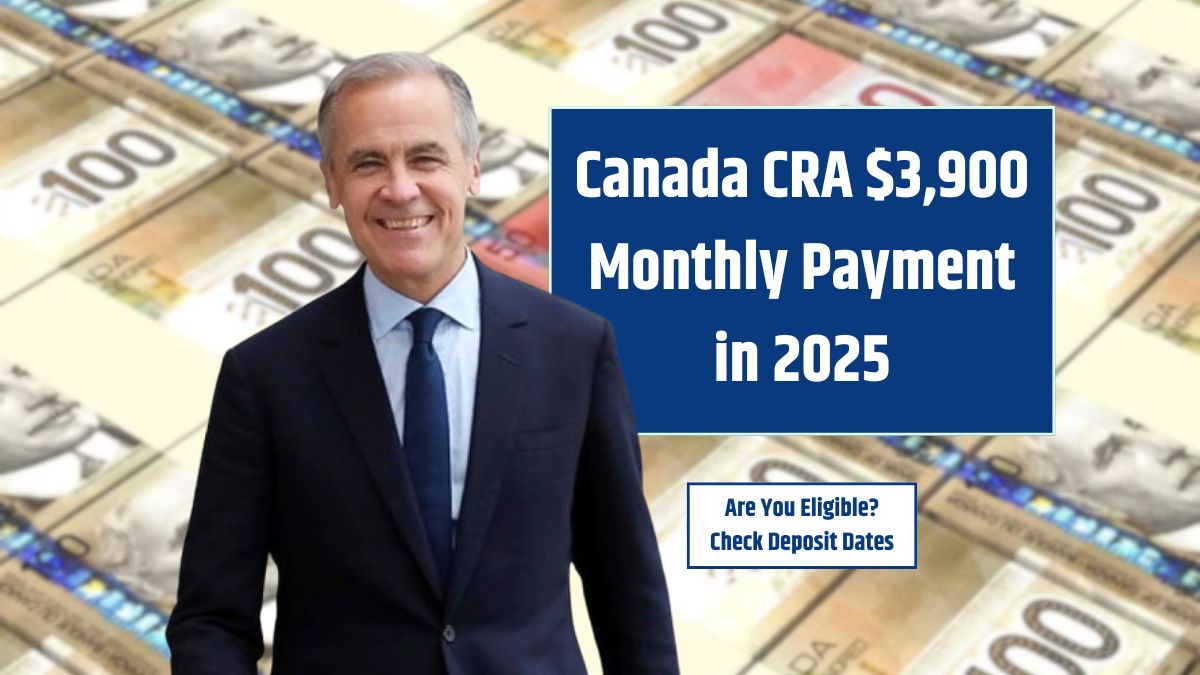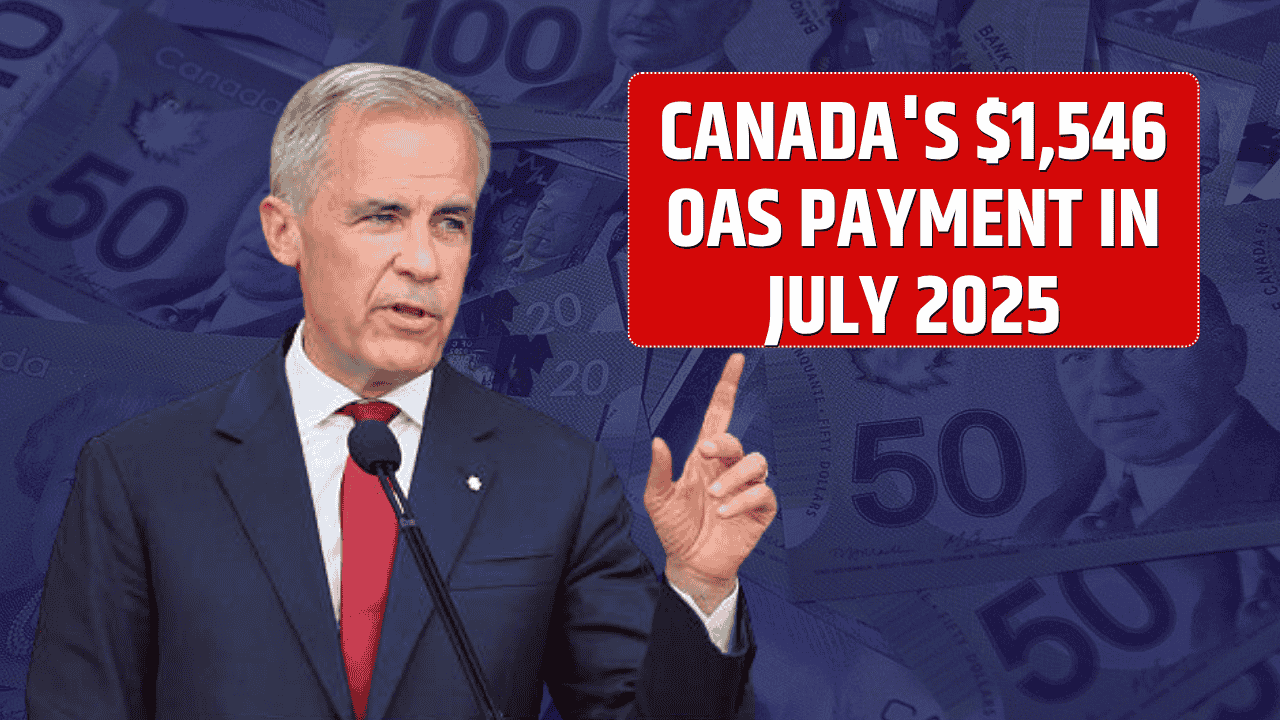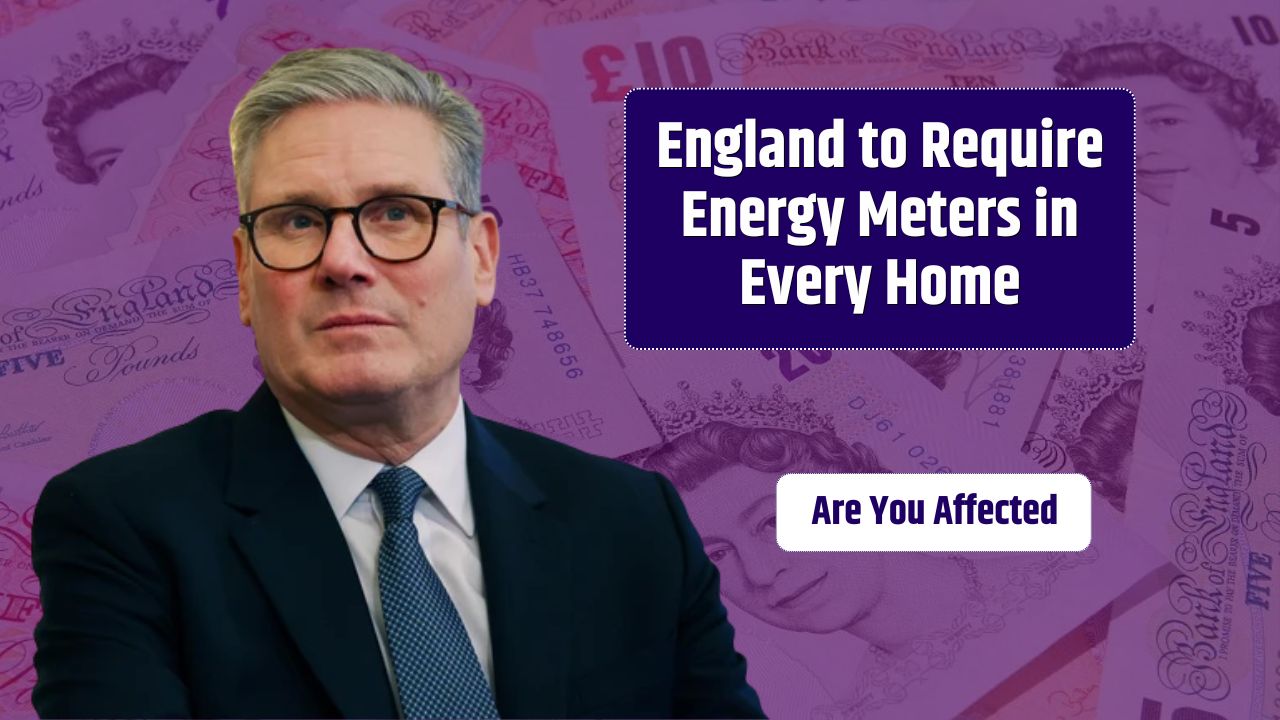Evaluating nonprofit social programs is essential to ensure that limited resources are being used effectively and that the intended impact is actually being achieved. Whether it’s a food security initiative, a youth mentorship program, or a housing assistance project, evaluation helps nonprofits demonstrate results, improve services, and secure ongoing funding.
In 2025, as donors, governments, and communities increasingly expect data-driven impact, adopting evaluation best practices has never been more important.
Table of Contents
Why Evaluate Nonprofit Social Programs?
Nonprofits operate with tight budgets and high expectations. Evaluation ensures that programs:
- Are aligned with organizational missions
- Deliver measurable social value
- Adapt and improve over time
- Build trust with funders, stakeholders, and beneficiaries
Rather than being a burden, evaluation is a learning tool that drives smarter strategy and deeper community impact.
Best Practices for Effective Program Evaluation
1. Start with a Clear Theory of Change
Before measuring anything, define what your program aims to do and how it plans to do it. A theory of change outlines the logical path from your activities to the outcomes you hope to achieve.
Tip: Use a logic model to map inputs, activities, outputs, outcomes, and long-term impact.
2. Engage Stakeholders Early and Often
Involve staff, beneficiaries, funders, and partners in planning the evaluation. Their insights can shape meaningful questions, improve buy-in, and ensure the results are useful for all.
Include:
- Clients’ lived experiences
- Staff perspectives on implementation
- Funders’ reporting expectations
3. Define SMART Evaluation Questions
Good evaluations begin with clear, focused questions. Make sure your questions are SMART:
Specific, Measurable, Achievable, Relevant, and Time-bound.
Examples:
- “Did participants improve financial literacy after 8 weeks?”
- “How many clients obtained stable housing within 6 months?”
- “Which demographic groups saw the most benefit?”
4. Use the Right Methods for the Right Goals
Match your evaluation method to your program type and budget.
| Goal | Recommended Method |
|---|---|
| Track basic outputs | Administrative data, surveys |
| Understand user experience | Interviews, focus groups |
| Prove effectiveness | Quasi-experimental design, RCTs (if feasible) |
| Improve implementation | Process evaluations |
Tip: Mixed-method approaches (combining qualitative and quantitative data) often provide the most useful insights.
5. Ensure Equity in Evaluation Design
Evaluation must be inclusive and culturally responsive. That means:
- Collecting disaggregated data (race, gender, income, etc.)
- Considering community context and barriers
- Avoiding assumptions or “one-size-fits-all” analysis
Best practice: Involve community members in interpreting results.
6. Measure What Matters—Not Just What’s Easy
It’s tempting to focus only on what’s easy to count (e.g., number of meals served), but real impact lies in long-term change (e.g., reduction in food insecurity). Choose indicators that reflect meaningful progress, even if they’re harder to track.
Examples of meaningful indicators:
- Employment stability after job training
- School attendance after tutoring
- Improved mental health scores
7. Build Evaluation into Program Design and Budget
Don’t treat evaluation as an afterthought. Allocate time, staff, and funding to integrate evaluation from the beginning. Many funders allow evaluation costs as part of grant budgets.
Rule of thumb: Set aside 5–10% of your program budget for evaluation.
8. Use Results for Learning, Not Just Reporting
Evaluation isn’t just about proving success—it’s about improving. Share findings with your team and use them to:
- Refine program design
- Identify training needs
- Adjust outreach strategies
- Strengthen grant applications
Create a feedback loop where learning leads to action.
Sample Evaluation Plan for a Nonprofit Youth Mentorship Program
| Component | Example |
|---|---|
| Goal | Improve youth confidence and reduce school dropout |
| Outcomes | Improved school attendance, higher self-esteem scores |
| Data Sources | School records, surveys, focus groups |
| Timeline | Quarterly check-ins, final review at 12 months |
| Responsibility | Program manager and external evaluator |
| Budget Allocation | $15,000 (7% of program budget) |
Common Evaluation Mistakes to Avoid
- Focusing only on positive results: Be honest about challenges—funders appreciate transparency.
- Overcomplicating the process: Keep it focused and aligned with your capacity.
- Ignoring feedback from participants: Clients often know best what’s working or not.
- Evaluating too late: Start early to get meaningful baseline and comparison data.
When done right, evaluation is not a luxury—it’s a strategic advantage. It helps nonprofits prove their value, learn from experience, and better serve their communities. As impact becomes the new currency of the nonprofit world, effective evaluation is the key to long-term success and meaningful change.
FAQs
Why is evaluation important for small nonprofits?
Even with limited resources, evaluation helps small nonprofits learn what’s working, improve services, and secure funding.
Do I need a professional evaluator?
Not always. Many evaluations can be conducted internally, though hiring external experts adds credibility and rigor.
What’s the difference between monitoring and evaluation?
Monitoring tracks day-to-day progress; evaluation analyzes deeper outcomes and effectiveness.
Can evaluation help with grant funding?
Yes. Funders often require evaluation results to assess impact and justify continued support.


























